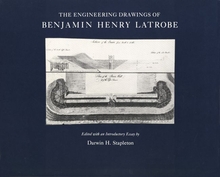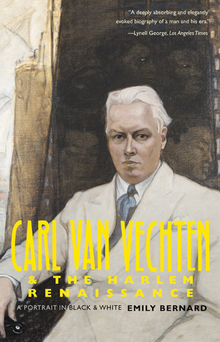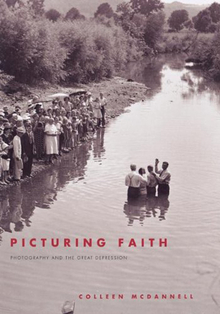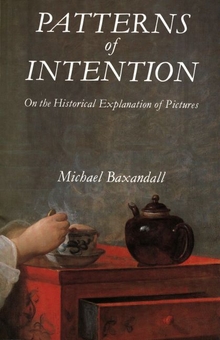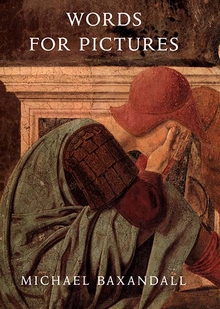Shadows and Enlightenment
WARNING
You are viewing an older version of the Yalebooks website. Please visit out new website with more updated information and a better user experience: https://www.yalebooks.com
Michael Baxandall

Read this book online via the A&AePortal, our art and architectural history eBook platform. To learn more about how to access this book, please contact us.
Shadows are holes in light. We see them all the time, and sometimes we notice them, but their part in our visual experience of the world is mysterious. In this book, an eminent art historian draws on contemporary cognitive science, eighteenth-century theories of visual perception, and art history to discuss shadows and the visual knowledge they can offer.
Michael Baxandall begins by describing the physical constitution and different varieties of shadows. He then sketches the eighteenth-century empirical/nativist debate on the role of shadows in the perception of shape. Next he surveys modern research by cognitive scientists and machine vision workers, explaining how research is divided on the issue of how far and by what means shadows help or hinder perception of shape. Baxandall continues his exploration by recounting a neglected episode of shadow theory, the observations of a group of mid-eighteenth-century French scientists and artists on shadows as related to light and space. Finally he sets these various shadow universes into relation with each other, addressing the special problem of painting shadows, and analyzes Chardin's painting The Young Draughtsman, in which shadow painting is both medium and theme. The book includes an appendix that situates and summarizes the shadow system of Leonardo da Vinci, which has had a strong though partly underground influence on thinking about shadows for five hundred years.
"Baxandall's main interest is the views on the perception and representation of shadow of certain 18th-century commentators in whose work he finds 'an implication of shadow in the basic matter of human knowledge.' He finds a similar assumption, implemented very differently, in some recent research in cognitive science and 'machine vision.' Baxandall's detailed grasp of this material, and his own intermittent descriptions of moments of direct vision, are characteristically articulate."—Kenneth Baker, San Francisco Examiner & Chronicle
"The text has fascinating things to say about what shadows may tell us of the shape and texture of objects, or of atmosphere and space."—Choice
"A highly complex and theoretical text on shadows and shadow projection."—Rowland MacKenzie, Inferno: St. Andrews Journal of Art History
"Baxandall, one of the most original minds in contemporary art history, has written a characteristically fascinating book about the problem of shadows generally and the theorization and depiction of shadows in the French eighteenth century."—Michael Fried, Common Knowledge
"Baxandall's analysis of the role of shadows in painting ought to be read by all serious painters."—Raymond J. Steiner, Art Times
Publication Date: September 10, 1997




